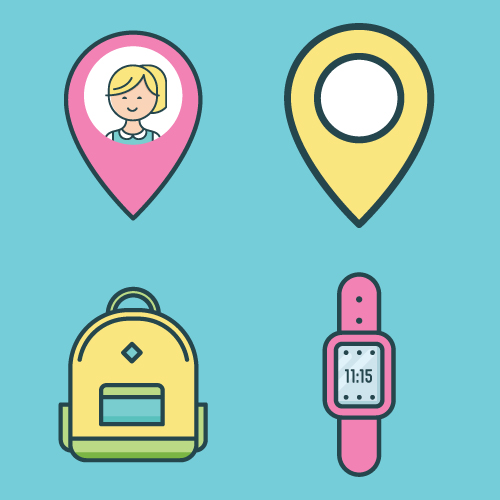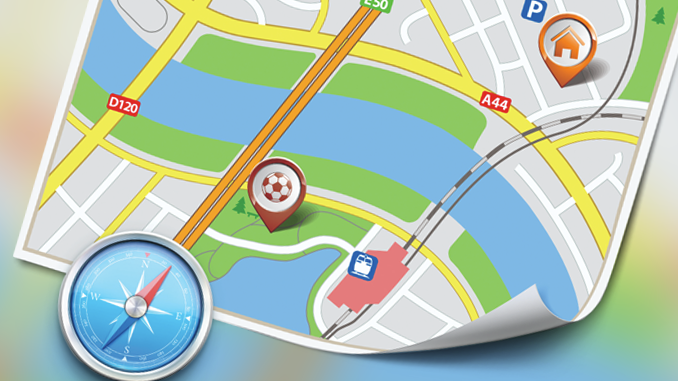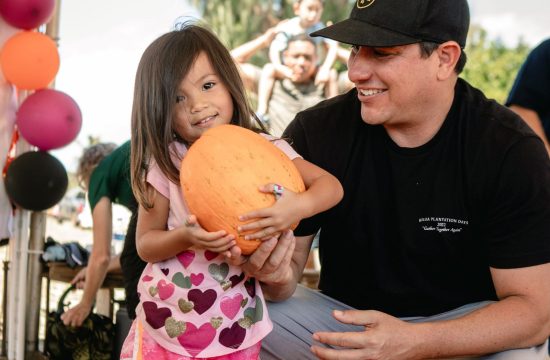Sooner or later, most parents lose a kid — usually for only a few minutes. A toddler figures out how to open an unlatched door. A kindergartener heads off to investigate something in another grocery aisle. A school-age child gets confused about the pick-up location. Even if it’s brief, the experience can be heart-stopping. And it has given rise to a whole new industry — GPS tracking for kids.
For kids, this can be a problem. Experts point out that tracking devices can encourage both passivity and a false sense of security in children and parents. As parents find themselves counting on surveillance, they may be less intentional about helping kids anticipate and avoid risks. Instead of learning what they need to know to confidently and safely navigate a risky world, kids depend on that panic button that summons Mom or Dad.
That said, there are situations in which a tracker can be very useful — think amusement parks, or kids who walk to and from school. Before purchasing the technology, consider these questions.
What does it do? Some trackers, like Trax, do nothing but show location. They can be attached to children, elders, pets or even a laptop that wanders off. Many units resemble watches or flip phones. Some, like the AmbyGear SmartWatch, include games or virtual pets.
What’s the technology? Tracking units that use GPS depend on satellites, and some provide coverage anywhere on the planet. Other devices use cellphone networks and won’t work if a child wanders out of range. My Buddy Tag uses Bluetooth technology with limited reach. The most accurate devices, like the wherecom KidFit, use a combination of technologies.
What does it monitor? At the very least, a tracking device should monitor location. Some send a signal at intervals; others allow continuous tracking that may drain the device’s battery. Many units make it possible to set up safety zones or geofences and send an alert if the child goes beyond those boundaries.

How long is the battery life? Even the best tracker won’t work if the battery is dead. Find out how long the battery lasts, how it has to be charged and whether there’s a low battery alert. The Lineable smartboard, for example, is a simple, inexpensive wristband tracker with a battery that can last an entire year.
Is the device secure? If you have to sign in to get information about your child’s location, it’s possible for other people to sign in too. What precautions has the company taken to prevent hacking? What alerts will you get if there is a security breach?
What kind of communication is possible? Some units have a panic button a child can press. Others allow one-way communication. More expensive devices, like the GizmoGadget from Verizon, provide two-way communication.
Is it kid-proof? Some kids can handle delicate equipment and others can’t. Choose a GPS unit accordingly. PocketFinder, for example, is built out of almost indestructible plastic. The koRex Babysiter claims to be waterproof.
How much does it cost? Tracking devices range from $40 to $200. Many also require a service contract that can cost $4-$40 per month. Before signing with a new service, check with your cell-phone provider for a better deal.
Are there special features for special kids? AngelSense is designed to provide layers of protection for children with special needs. dokiWatch allows parents to schedule reminders or deactivate distracting features.
Of course, by the time a child is old enough for a smartphone, the tracking question is moot. Smartphones double as trackers when apps that monitor where children are and what they are doing have been installed. Parents and older kids need to think carefully and talk frequently about the intersection between privacy and trust.
Some kids may benefit from additional supervision, but parents must keep their eyes on the ultimate goal — raising children who are responsible and confident enough to make their own decisions about staying safe in a complicated world.








